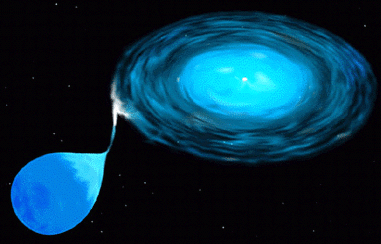
High resolution measurements of the gamma-ray spectrum from the Orion
region and a search for such emission lines from other massive star formation
regions are essential for a better understanding of these exciting processes.
The galactic diffuse gamma-ray emission is the dominant feature of the
high-energy gamma-ray sky. The diffuse emission is produced primarily by
cosmic-ray electron and proton interactions with the matter (via Bremsstrahlung
and nucleon-nucleon interactions) and photons (via inverse Compton interactions)
in the interstellar medium. A high-energy gamma-ray telescope with better
angular resolution will permit more detailed searches for cosmic-ray gradients
including variations in the electron to proton ratio, cosmic ray contrast
between the galactic arm/inter-arm regions, and evidence for regions in
which the cosmic-ray spectrum differs from the local observed spectrum.
Increased sensitivity coupled with improved angular resolution will also
allow the flux from fainter gamma-ray point sources to be more accurately
separated from the galactic plane diffuse emission. The gamma-ray emission
from molecular clouds arises from the same cosmic-ray interactions with
matter which produce the general galactic diffuse emission. Molecular clouds
provide a means to study these processes and the galactic cosmic rays in
localized regions of the galaxy.
Objectives:
Requirements:
2.2 THE NATURE OF BLACK HOLES & NEUTRON STARS
2.2.1 BLACK HOLE SYSTEMS
Less than a decade ago, the only black holes suspected were in massive
binaries such as Cyg X-1. The situation has changed dramatically with the
discovery of highly-transient compact binary systems with a low-mass stellar
companion and a high-mass compact primary (almost certainly a black hole
based on the dynamical mass). The estimated total number of these systems
in the galaxy may be hundreds or more, and thus they could be the dominant
class of X-ray binaries. Black hole systems with a high-mass companion
have persistent hard spectra, often extending out to 200 keV, and low-mass
companion transient systems have spectra showing broad line emission at
around 200 and 400-500 keV, such as that observed in the flaring of Nova
Muscae (GRS 1124-684). Spectra of samples of black holes will allow detailed
tests of emission models and comparisons with neutron stars. Further comparisons
with spectra of AGNs, believed to contain super-massive black holes, could
then be made to determine the self-similarity of accretion flows onto black
holes over a wide range of mass scales.
2.2.2 ACCRETING NEUTRON STARS: X-RAY BURSTERS AND PULSARS
In low magnetic field (B < 108-9 G) neutron star systems, the weak
field cannot channel the accretion flow onto the neutron star. When in
a state of low accretion, these systems appear to exhibit hard X-ray power
law components (hard tails) extending out to ~60-100 keV. Spectral measurements
to determine the self-similarity of the photon index (typically 2.5-3)
and cutoff energies are of primary interest for understanding the accretion
flows onto these systems (versus black holes).

Figure 2.2.1 - Accretion-disk with black hole spectral components. Recent CGRO and RXTE observations have provided important insights into accreting binary systems.